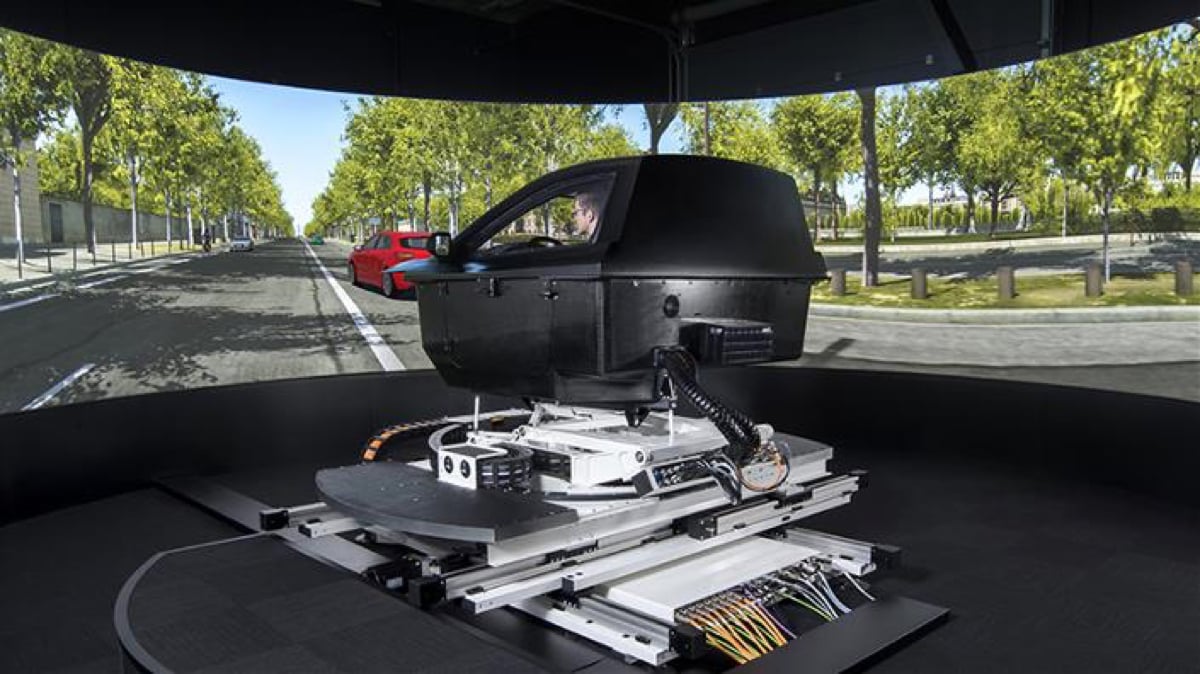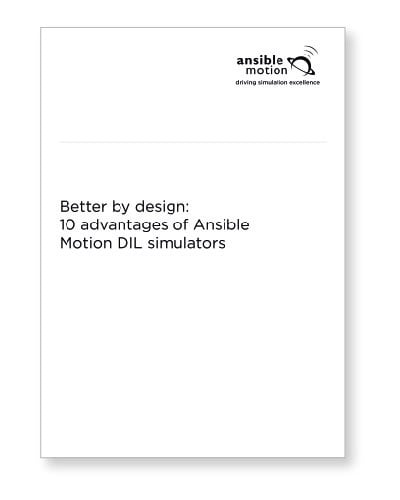The automotive industry is seeing rapid changes in the way it provides mobility to the mass population.
 The need to reduce emissions, provide a more connected experience and increasing levels of autonomous functionality mean that engineers need to do more of their work in simulators rather than on physical prototypes. And it’s the three pillars of electrification, connectivity and autonomous driving that are pushing one of the biggest trends in simulation – the need to conduct a greater number of driver-in-the-loop tests.
The need to reduce emissions, provide a more connected experience and increasing levels of autonomous functionality mean that engineers need to do more of their work in simulators rather than on physical prototypes. And it’s the three pillars of electrification, connectivity and autonomous driving that are pushing one of the biggest trends in simulation – the need to conduct a greater number of driver-in-the-loop tests.

Simulation is no longer the domain of combustion engine dynamics and ride and handling. Electrification, connectivity and autonomous functions create a new range of scenarios that engineers haven’t previously had to consider so intensely: differing acceleration profiles, motion sickness, driver handover and infotainment-human interaction are just some of the examples being researched.
And driver-in-the-loop simulation is important because, no matter how many artificial tests you run, they can rarely include the nuances found in the human interaction with the vehicle and will always be an approximate reality. This is heightened even more by the growing complexity of vehicles.
Ten years ago, there might have been 20 to 30 microprocessor-based systems on a car; now it could be 70 to 80 with individual subsystems running their own code. That means an explosion in the number of possible interactions between the vehicle and its occupants.
Driver-in-the-loop simulators can challenge a driver with 100 once-in-a-decade environments, or challenge 100 drivers with identical scenarios, allowing engineers to develop statistical confidence in the reaction of systems to humans and vice versa.
Read the full article on the Institution of Mechanical Engineers website



